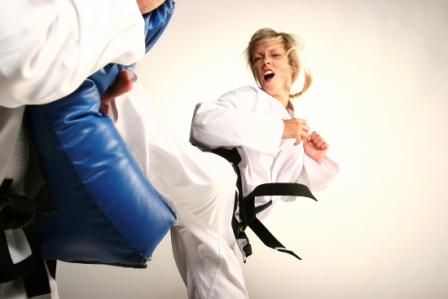
By Brian Beatty
I have a healthy respect for anyone that can complete a marathon. While managing 26.2 miles is certainly respectful, my admiration lies primarily with one’s ability to accomplish the training. The discipline and time commitment required for marathon mileage is significant. Unfortunately, as more time gets committed to running, there is less time available for other activities and the rest of life. Yes folks, even during heavy training, there is more to life than running.
As running time increases, the repetition of forces take their toll on the body. Cross training exposes the body to different sets of forces – but did you know that cycling and swimming do not count as cross training? It’s true (sorry tri folks)! While these are excellent substitute training activities to unload some of the impact strain of run training, the directions of movement (forward) and major muscle groups used are still very similar to running.
In order to qualify as cross training, the movement patterns of the activity are more important than the activity itself. To cross train for running, activities that involve rotation, side-to-side motion and stop – start motions are desired.
Given this definition, the following activities all can be considered cross training: yoga, group exercise classes, weight lifting, martial arts, basketball, tennis, ultimate, soccer, softball, dancing (ballroom or just clubbing around town), chasing the dog around an open field, in-line or ice skating or hockey, volleyball, golf, rock climbing, the list goes on.
As you can see, this list includes many things more commonly thought of as ‘fun’ rather than ‘training’. Can’t we all benefit from a little more fun? Two or three times a week is a good cross training goal, but at least once a week is a minimum frequency to balance the body.
One common concern with cross training activities is the risk of injury from doing something that the body is not accustomed to. This is a valid concern. Just remember that one goal of a cross training session should be to have fun. Simply dial back the intensity and enjoy the movement of the activity.
# # #
Brian Beatty with Balanced Physical Therapy tries to help people learn and solve their problems by providing full analysis of how people move. He sometimes does this while not being jealous of his research colleagues with a million dollars of lab toys and assistants whose brains he picks for details only movement geeks like him really care about.





